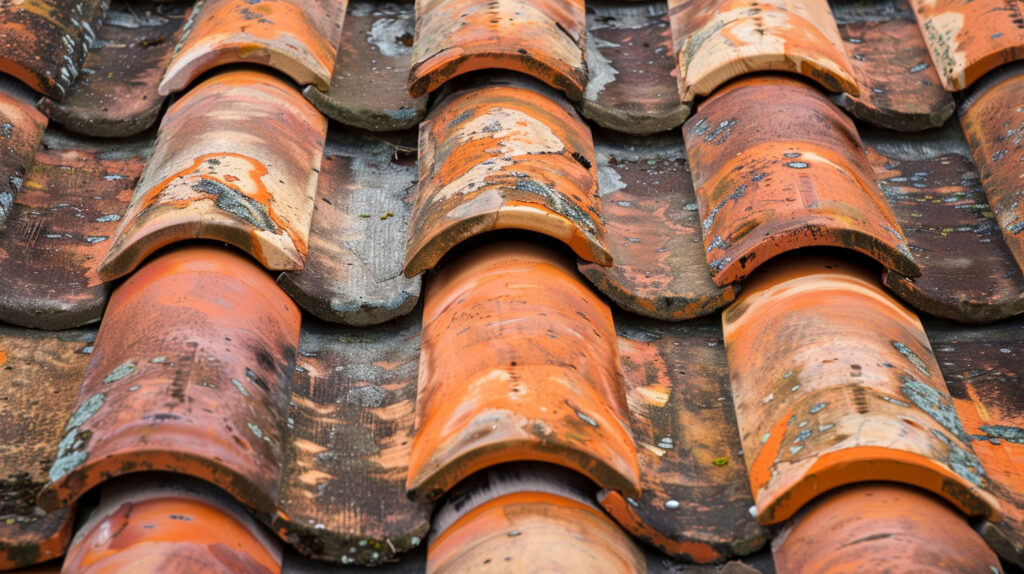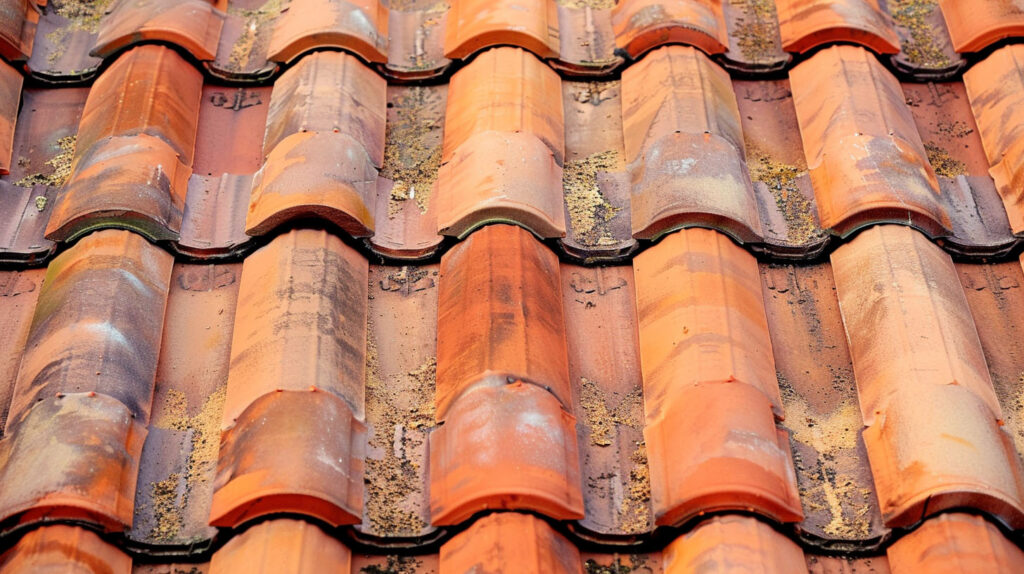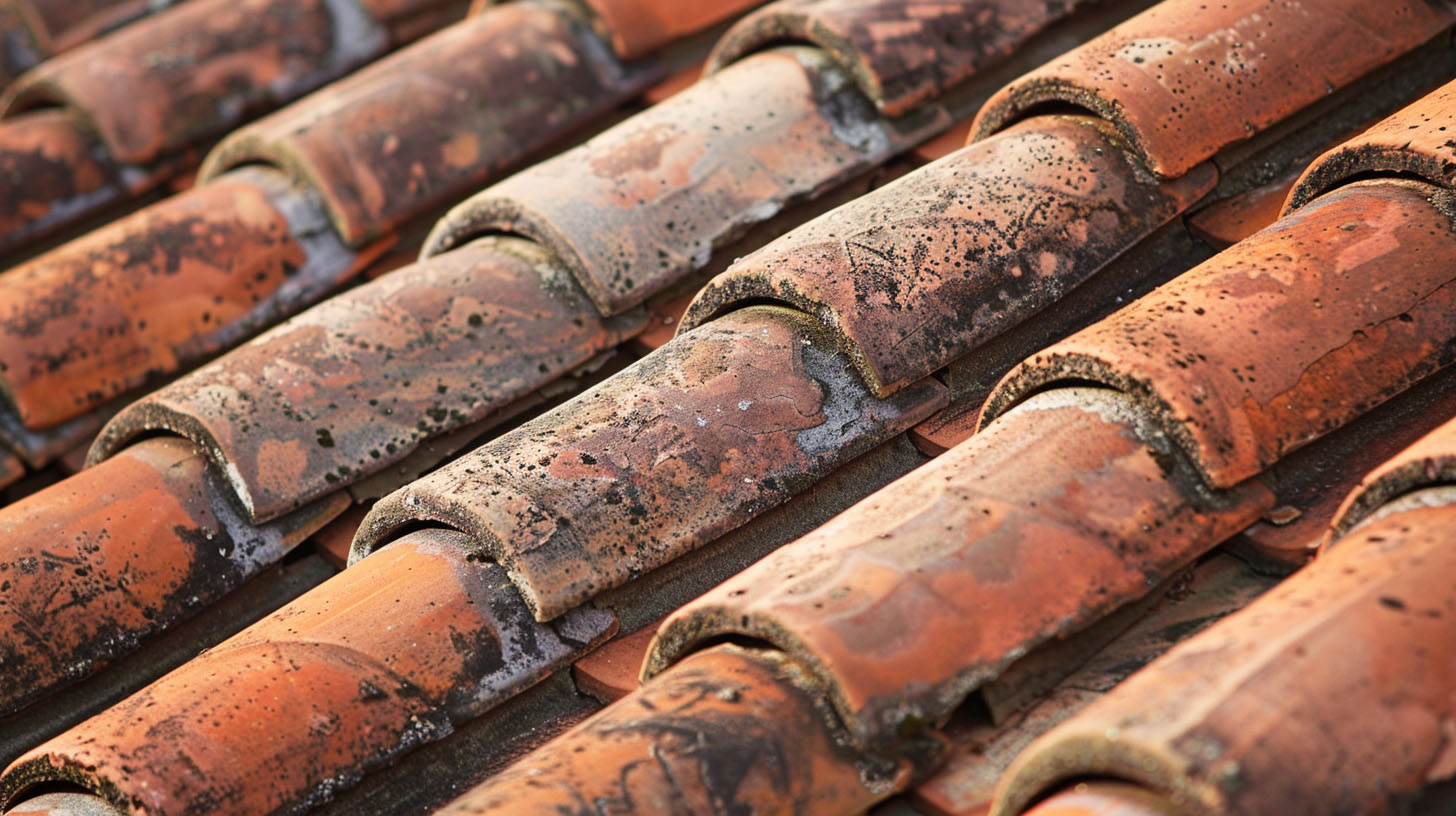Are Clay Tiles Still a Good Option Today?
Are you considering a new roof for your Orange County, CA home? If so, you might wonder if tiles are still the right roofing material for today’s needs. Tiles have always been cherished for their timeless style, energy efficiency, and durability. At Specialist Roofing & Repair, we understand the importance of choosing a roof that stands the test of time while enhancing the beauty of your home. Let us walk you through why clay tiles continue to be a dependable option for homeowners.
Understanding Clay Roof Tiles: A Timeless Roofing Material
Tiles have earned their place as one of the most enduring roofing materials. Crafted from natural resources, reflect decades of craftsmanship and engineering meant to protect homes against severe weather elements. Their functionality often goes hand-in-hand with their aesthetic appeal, making an integral part of architectural styles worldwide.
When choosing tiles for your next roofing project, you’re opting for more than a durable material—you’re investing in heritage. Let’s explore the origins and construction of this renowned roofing material.
What Are Clay Tiles Made Of?
Clay tiles are primarily made from natural clay, which is molded and fired at high temperatures to create a strong, durable material. This process enhances their resistance to weather elements, making an ideal choice for roofing that stands the test of time.
History and Legacy of Clay Tile Roofing in the U.S.
Originating centuries ago in ancient civilizations, roofing has become a prominent choice in the U.S. Its legacy stems from the exceptional durability and energy efficiency offered by natural materials like terracotta. Early American colonists embraced tiles for their aesthetic appeal and longevity, utilizing in diverse architectural styles from Mediterranean to southwestern designs. As time progressed, the production methods evolved, emphasizing sustainability and quality, solidifying clay tiles as a timeless roofing option for discerning homeowners.

The Benefits of Choosing Clay Tiles for Modern Homes
Tiles’ timeless appeal goes hand-in-hand with their practical benefits. They remain one of the best options for homeowners seeking both style and performance. Designed with longevity in mind, they endure harsh weather conditions while meeting energy efficiency needs.
Their versatility allows homeowners to pair the material with various architectural designs. Let’s dive deeper into the advantages clay roofing bring, including their durability and aesthetic flexibility.
Exceptional Durability and Longevity
High-quality clay tiles are renowned for their exceptional durability, capable of withstanding harsh weather conditions such as heavy rain and scorching temperatures. With a lifespan that can exceed 100 years, these tiles often require little maintenance compared to other roofing materials. Their resistance to breakage and natural elements, alongside energy efficiency properties, ensures they remain a sustainable option for homeowners seeking long-term value. Investing in roof not only enhances aesthetic appeal but also contributes to a cooler home environment.
Aesthetic Appeal and Architectural Versatility
A hallmark of croof tiles is their incredible aesthetic appeal, contributing significantly to a home’s architectural charm. Available in a variety of shapes and colors, these seamlessly complement diverse styles, from Mediterranean to modern designs. Their rich textures and natural materials also enhance visual interest. Beyond their beauty, the versatility of allows homeowners to create unique roofscapes, effortlessly adapting to various design elements while providing energy efficiency. This synergy of form and function makes an excellent choice for discerning homeowners.
Comparing Clay Tiles With Other Roofing Materials
Let’s examine their differences in detail, helping you determine whether are the best choice for your new roof.
Clay vs. Concrete Tiles: Key Differences
Significant differences exist between clay and concrete tiles, making each suitable for various roofing projects. Renowned for their durability, offer excellent energy efficiency, while their natural materials help in heat transfer and maintaining a cooler home during high temperatures. Concrete, on the other hand, are typically heavier but provide a more cost-effective solution with a substantial lifespan. Homeowners should consider factors like aesthetics, weight, and maintenance requirements when choosing between these two popular roofing materials.

Clay vs. Asphalt Shingles and Metal Roofing
Asphalt shingles and metal roofing materials often rival tiles in popularity. However, differences emerge concerning energy efficiency, weather resilience, and appearance.
Excel in regulating heat transfer, whereas asphalt shingles offer negligible insulation. Metal roofs are lightweight and weather-resistant but may lack the architectural charm of clay.
Ultimately, tiles’ resistance to heat and heavy rain renders a superior option for Orange County’s diverse climate. If aesthetics and durability matter most, deliver the best all-around performance.
What’s Next
The evidence strongly supports tiles as an enduring choice for today’s homeowners. Their exceptional durability, low maintenance needs, and aesthetic appeal provide a blend of practicality and elegance. Unlike many modern roofing materials, tiles offer excellent energy efficiency, helping to keep homes cooler in high temperatures. Additionally, the sustainability that comes with natural materials makes clay one of the best options for environmentally-conscious individuals. Investing in a clay roof means investing in a roofing solution with remarkable longevity and visual charm.

Frequently Asked Questions
Can damaged clay tiles be repaired or replaced individually?
Yes, damaged clay tiles can be repaired or replaced individually, minimizing costs. Breakage is rare due to their durability, but any replacement must address the underlayment to ensure the roof’s structural integrity remains intact.
Are clay and concrete tiles environmentally friendly?
Both clay and concrete tiles are environmentally friendly options. Use natural materials, while concrete tiles often incorporate recycled components. Both options are sustainable and durable roofing materials for eco-conscious homeowners.
Read our blog: What Roof Shape Works Best in Rainy Seasons?



